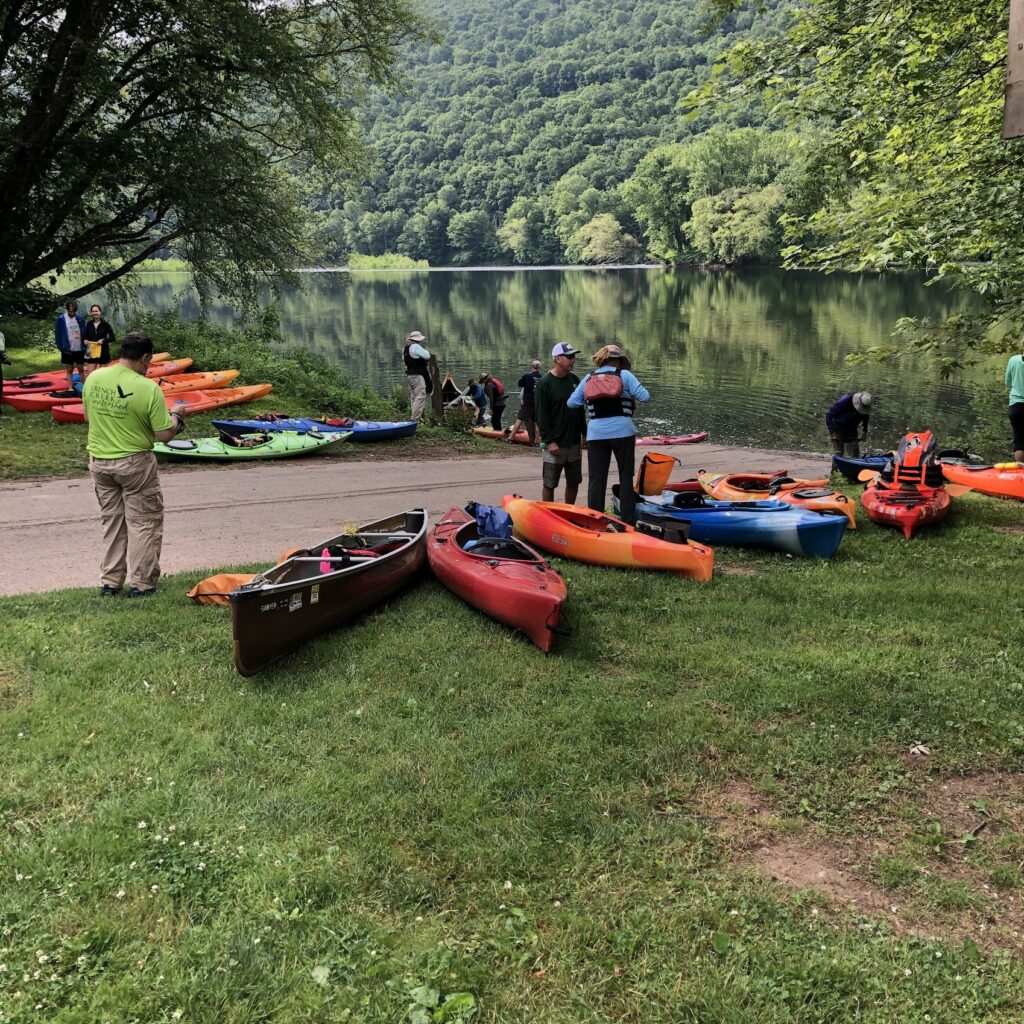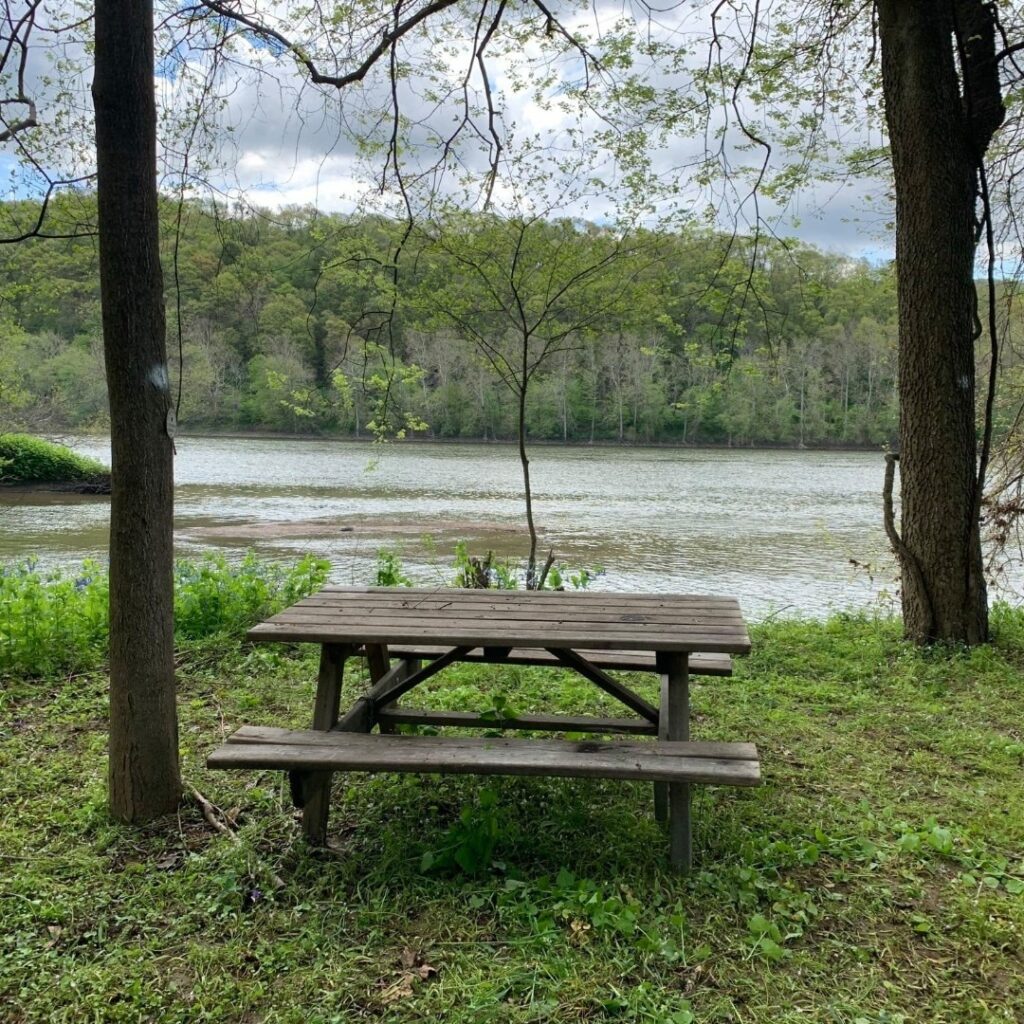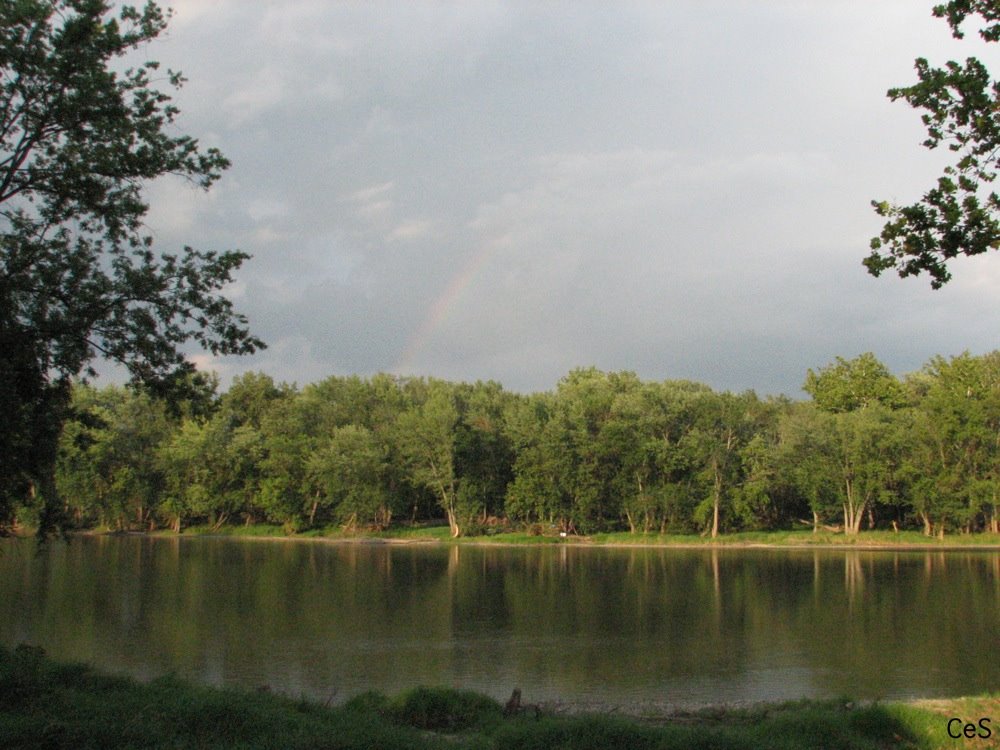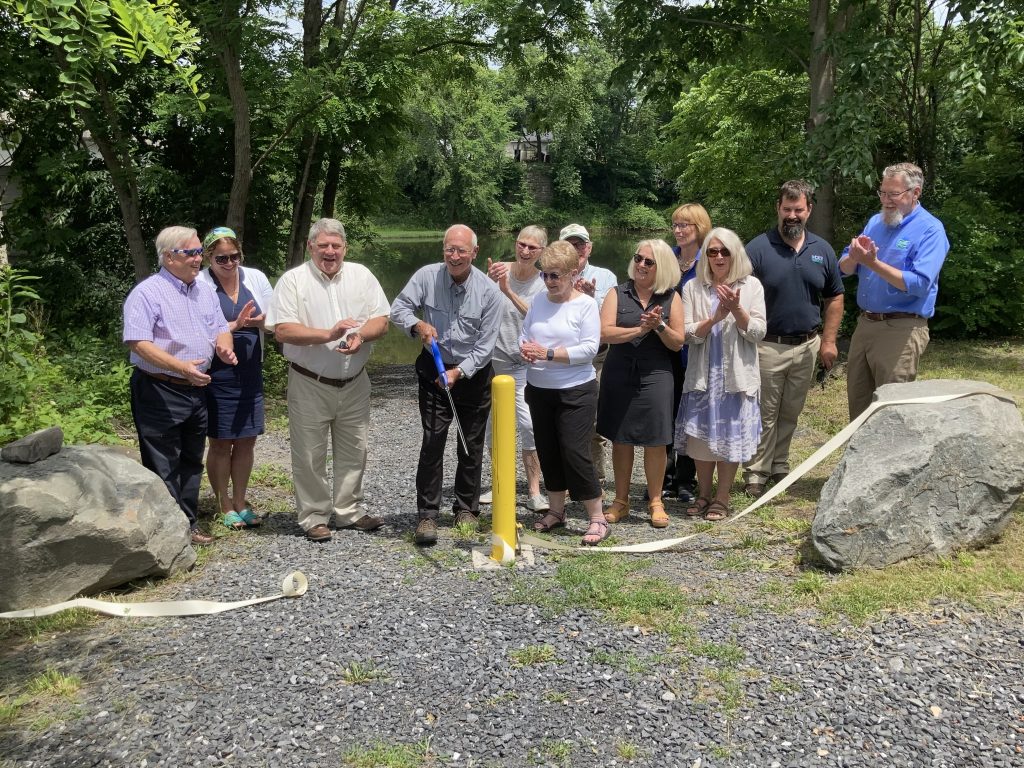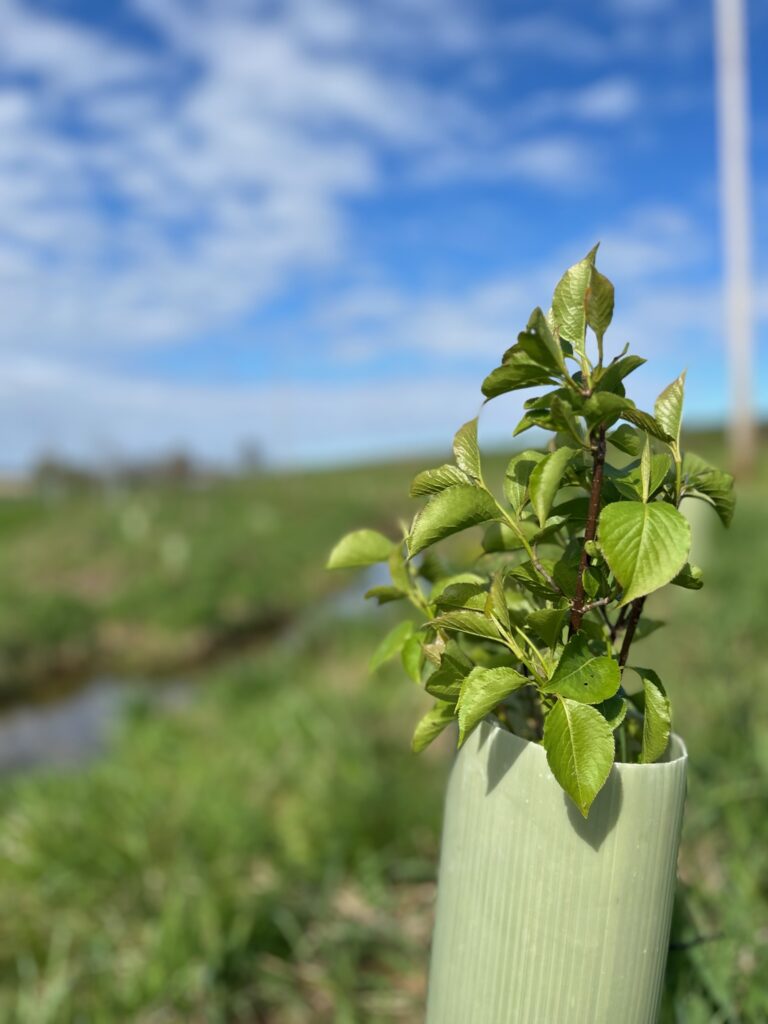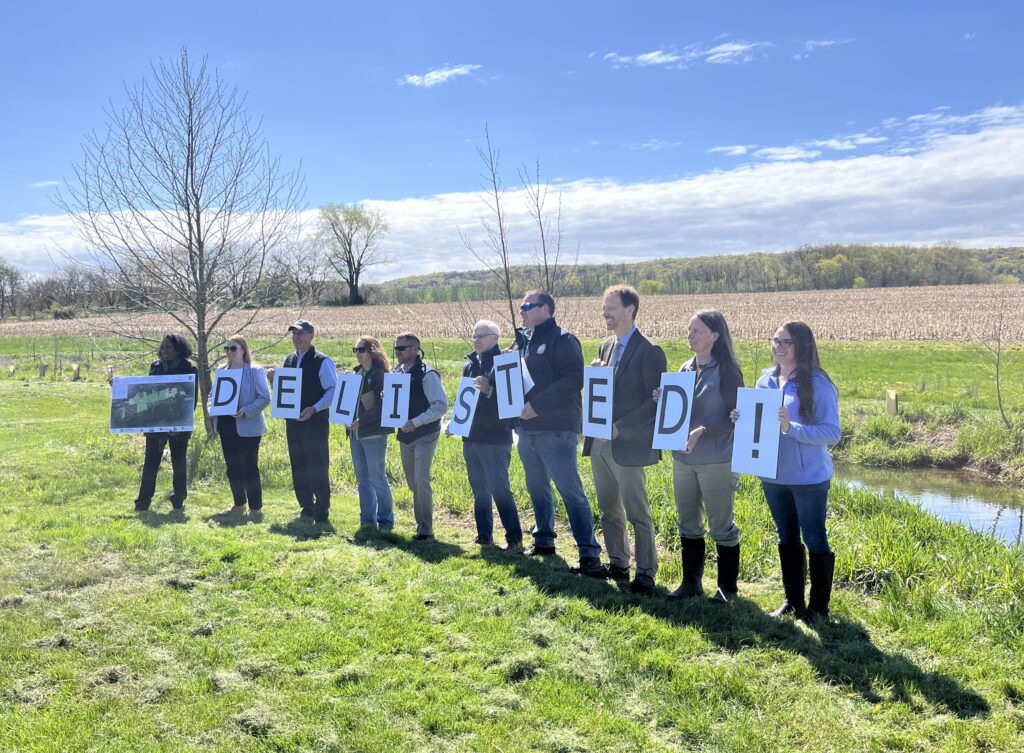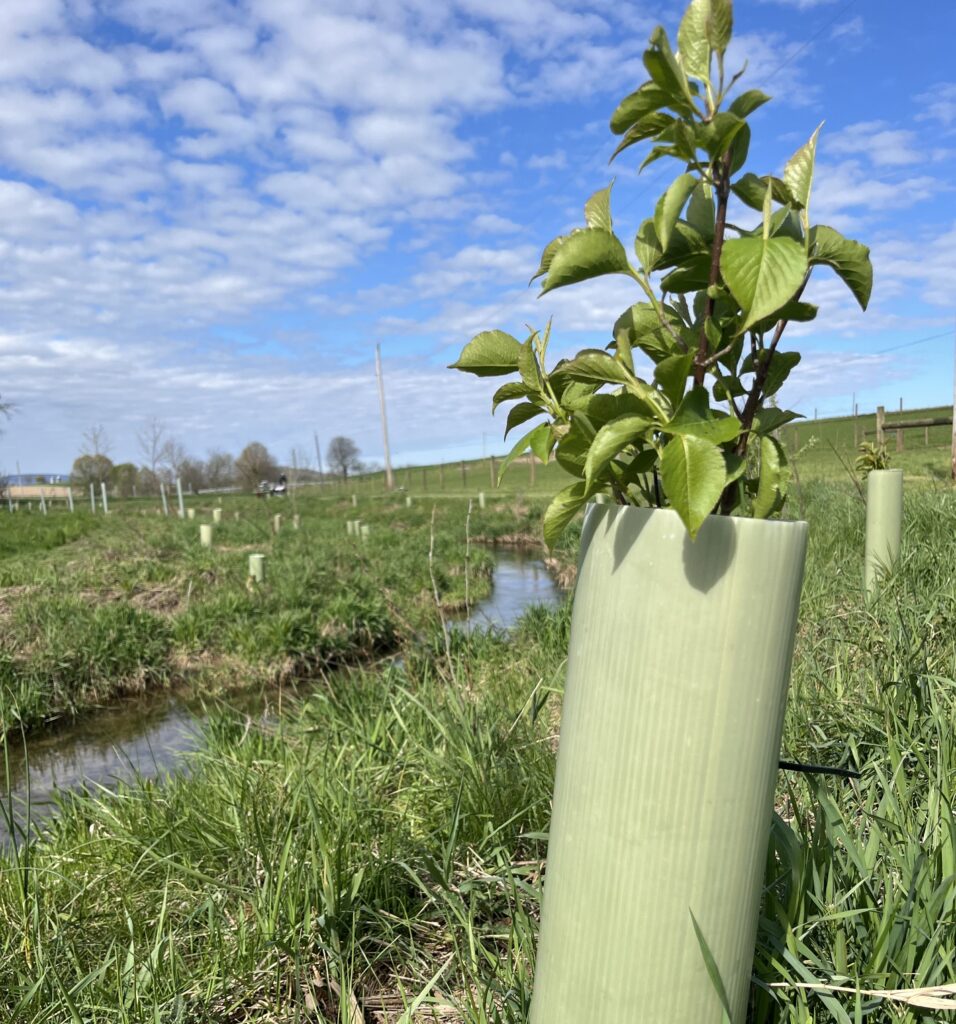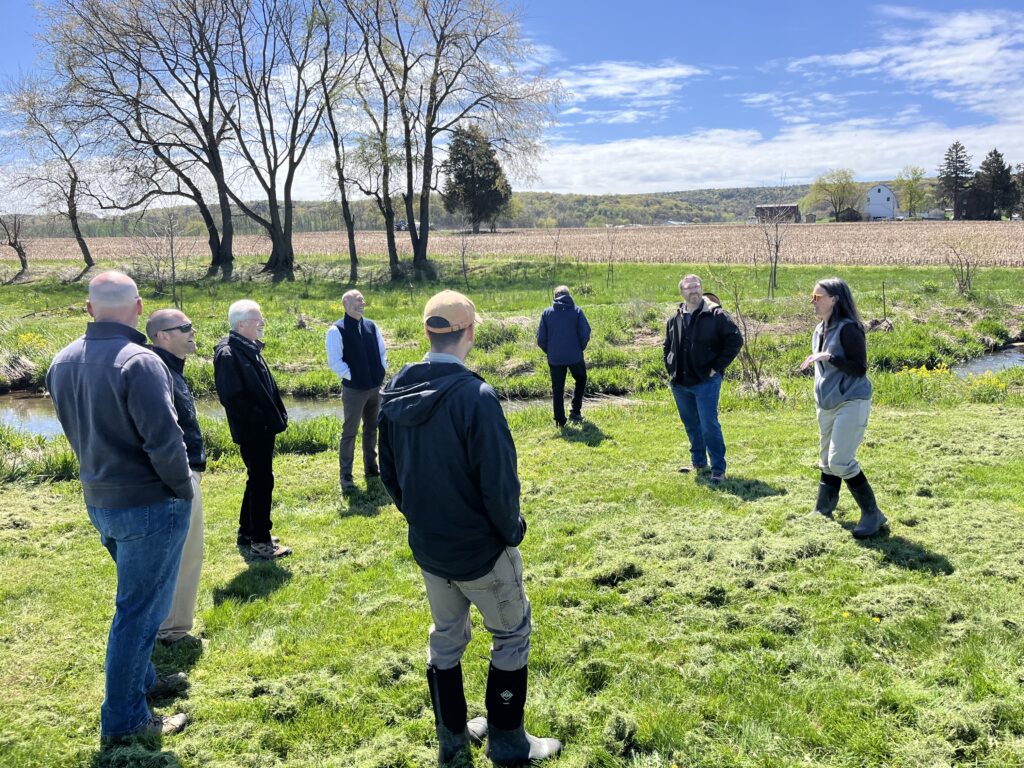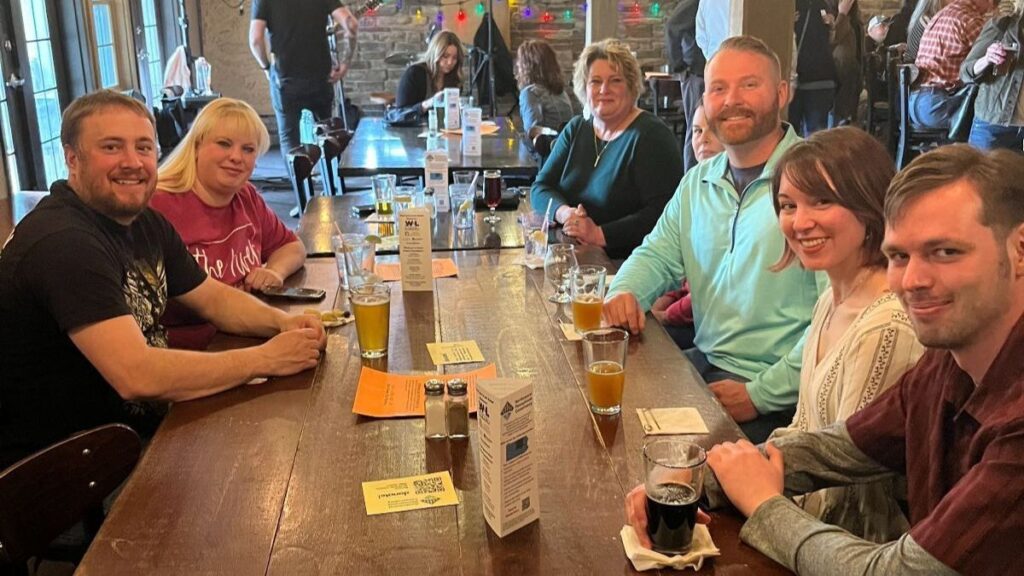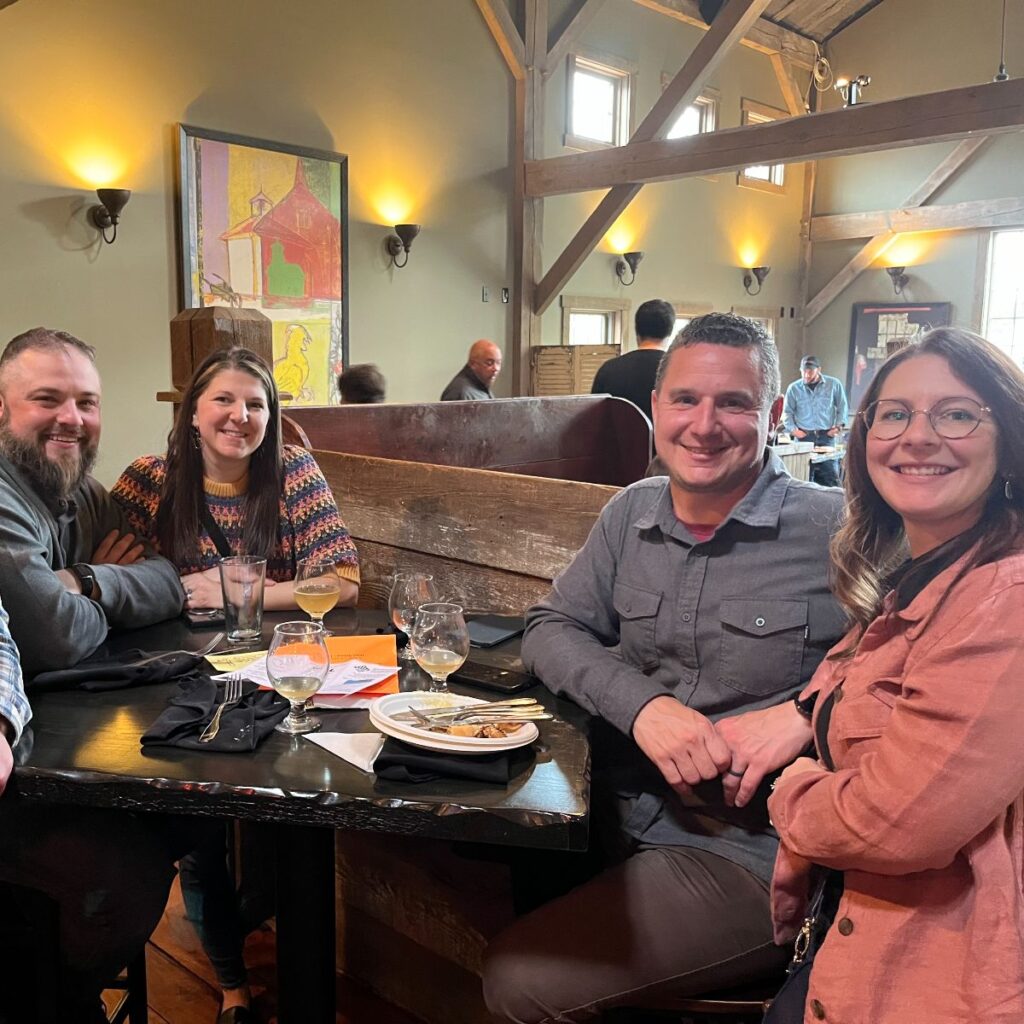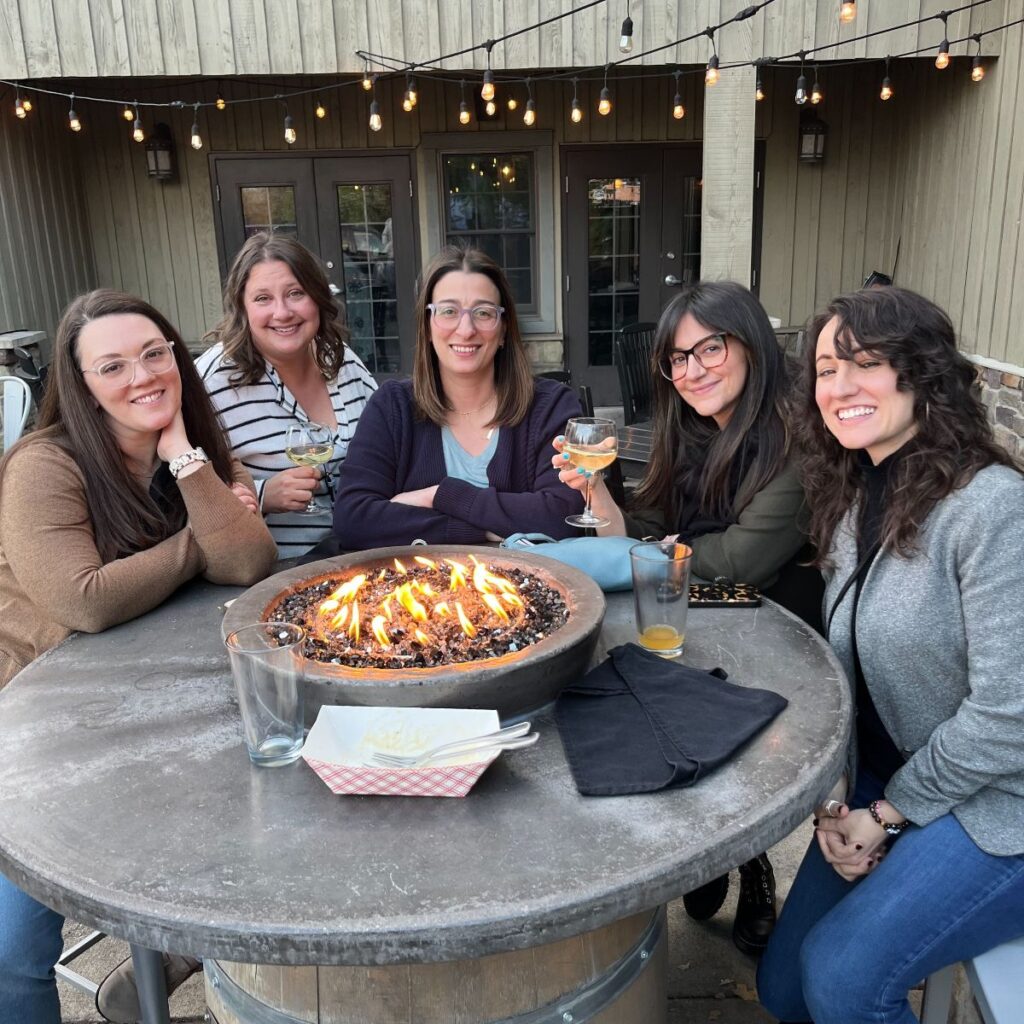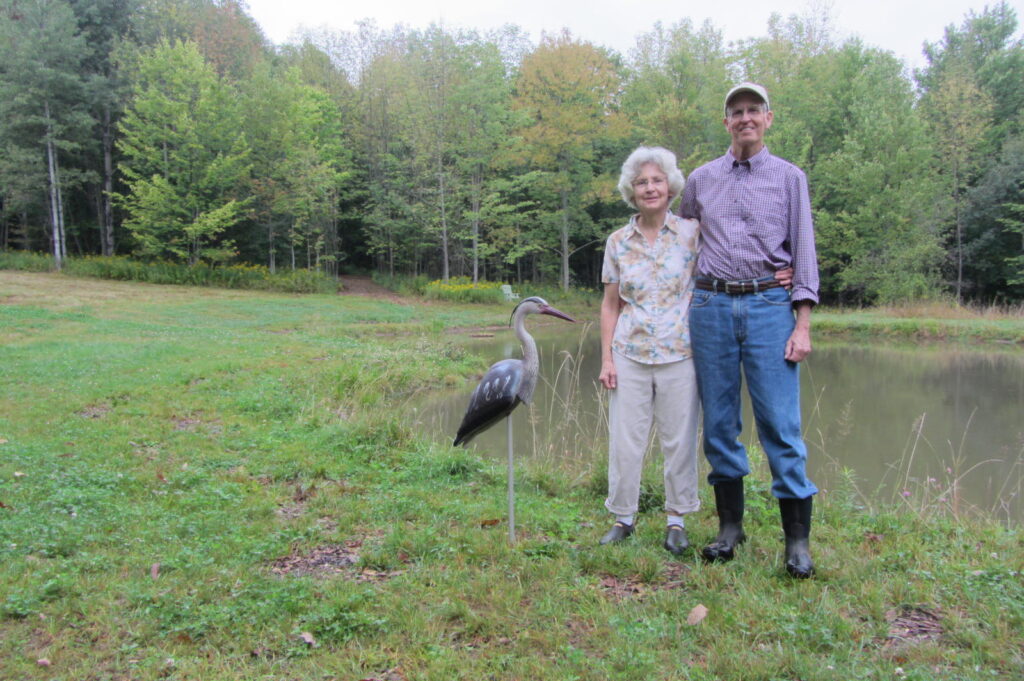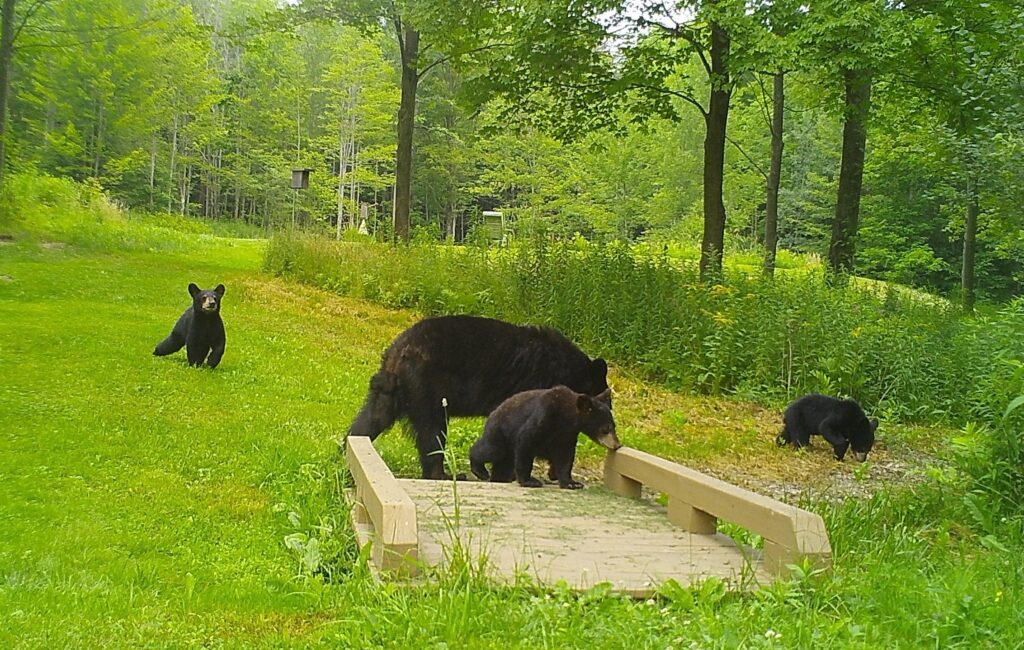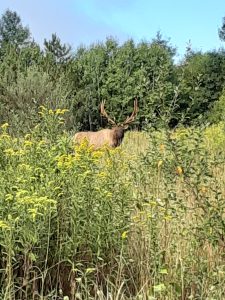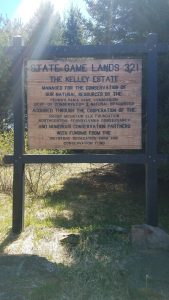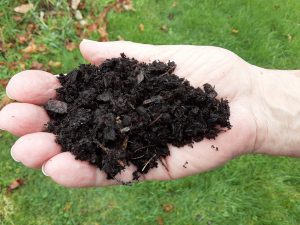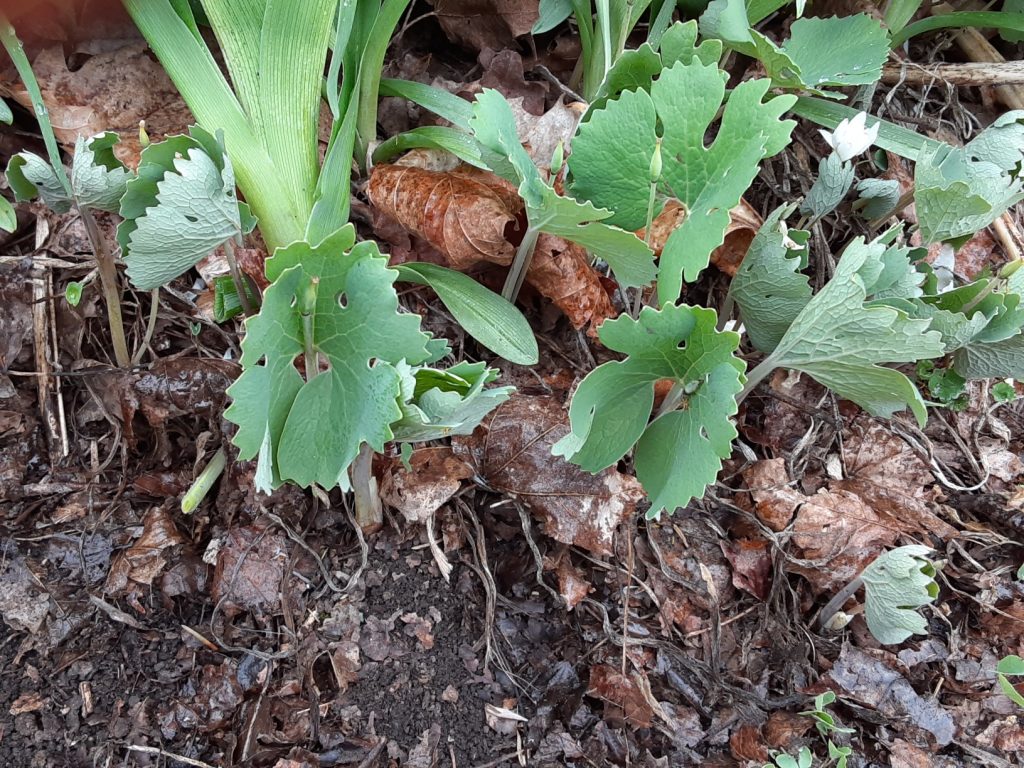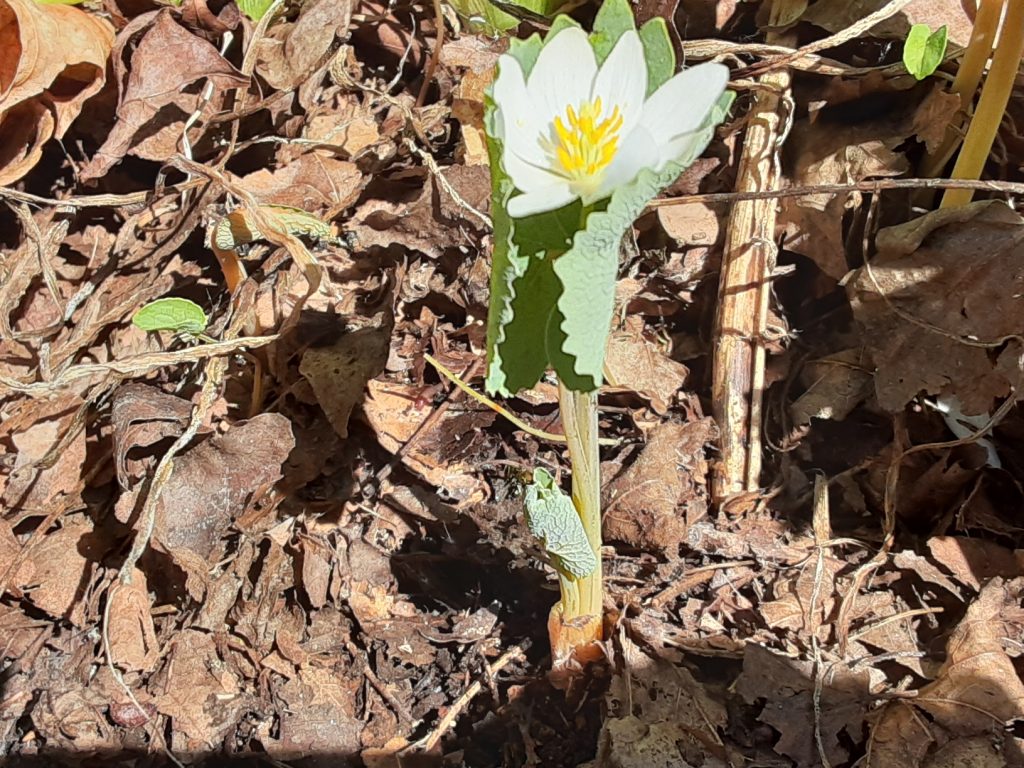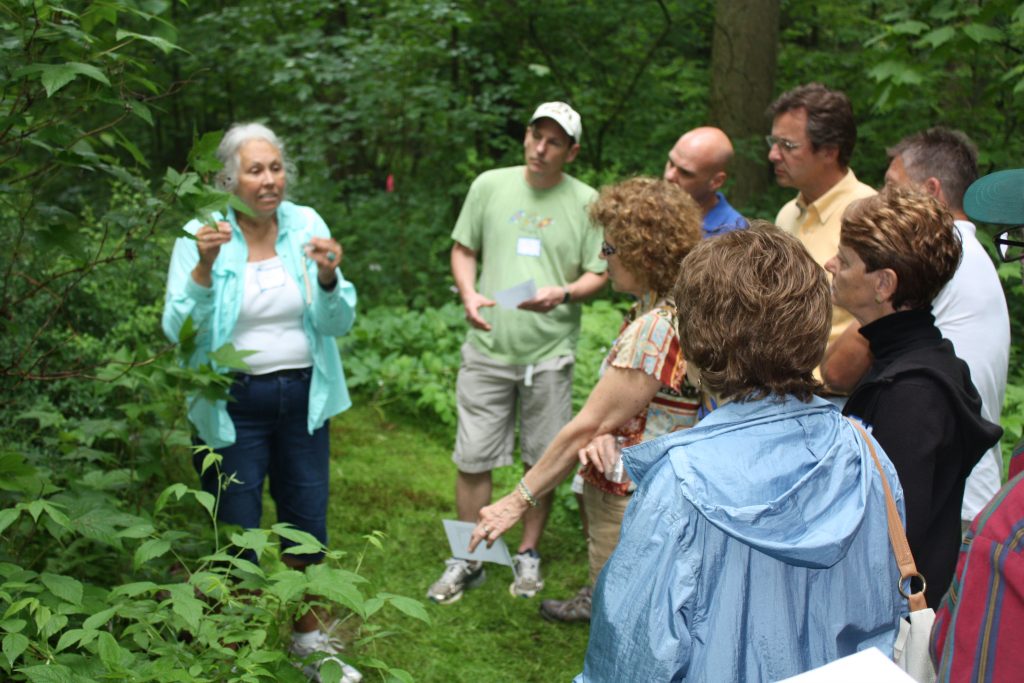It’s a calm, summer afternoon on Pine Creek in Lycoming County. As paddlers drift along the Creek’s gentle current, they spot a stretch of smooth, flat bedrock—an ideal place to pull over, stretch their legs, and soak in the beauty of the surrounding forest. Nearby, an angler casts a line from the shore, taking advantage of the solid footing along the bank, hopeful for a bite in the cool waters. Thanks to the steadfast support of Northcentral Pennsylvania Conservancy (NPC) members, the stage for this tranquil scene is conserved and opened for all to enjoy.
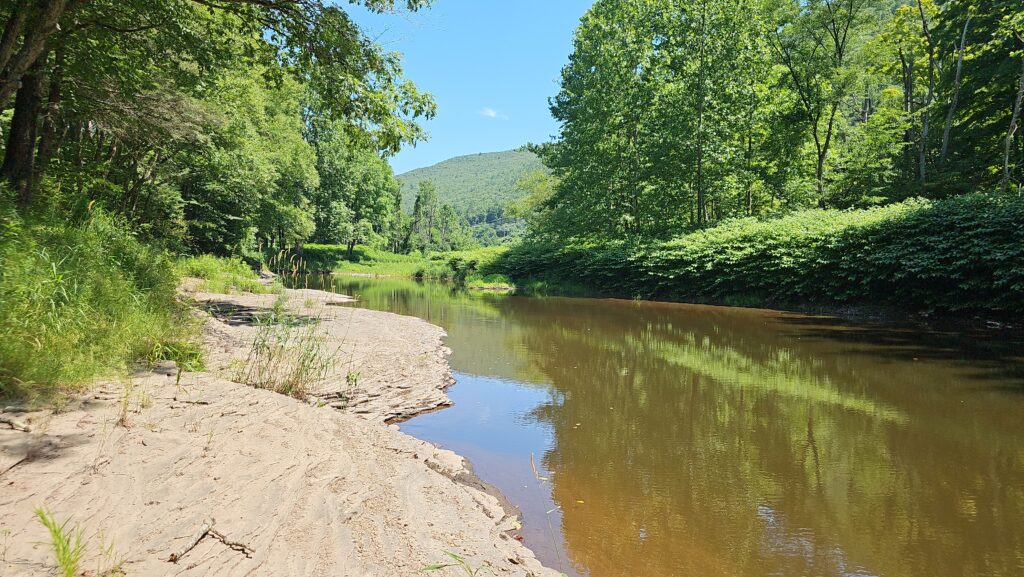
This summer, NPC supporters helped purchase this deeded 11.3-acres, which features approximately 1,500 feet of Pine Creek frontage. Surrounded by forest on almost all sides, this land is not just a scenic addition; it ensures that one mile on the western side of Pine Creek will remain forested. The Bureau of Forestry (BOF) also owns the island just offshore, contributing to the area’s natural beauty.
For paddlers and anglers, this stretch of Pine Creek is a haven. The large flat bedrock along the creek’s edge is a welcome sight—a place to rest, snack, or fish without worrying about slipping. Securing access to this land ensures that people can continue to enjoy spots like this while conserving the land for future generations.
Improving Management Access
This land is also important for forest management. Once the property is transferred to the BOF and added to the Tiadaghton State Forest, it will make marking boundaries and accessing the area for forest management much easier. Owning this land will allow the BOF to better control invasive plants, manage pests, and maintain the health of the forest.
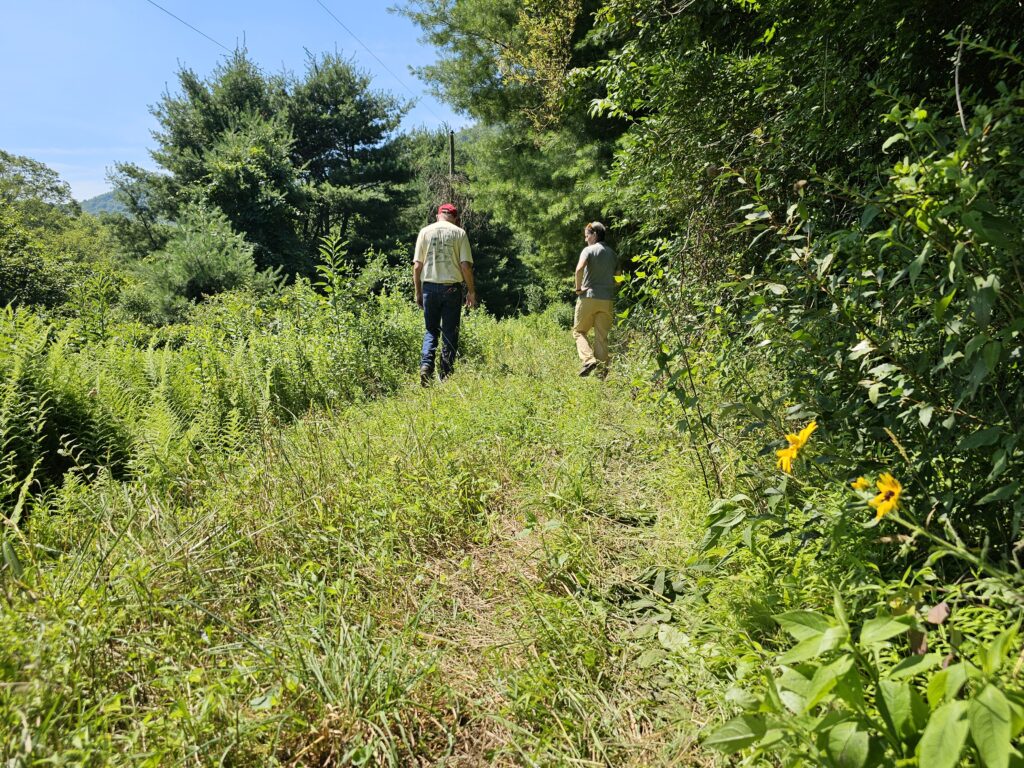
NPC Members Made it Happen
This acquisition would not have been possible without the dedicated support of NPC members. Their contributions have not only helped conserve this section of Pine Creek but also ensured that the community and visitors can keep enjoying the beauty and peace of the Pine Creek Valley. A special thanks goes to George Durrwachter, whose friendships and connections along Pine Creek helped make this vision a reality.
With the ongoing support of NPC members and partners, we can continue to conserve places like this, providing even more opportunities for people to connect with nature.
Support this work by donating today!


